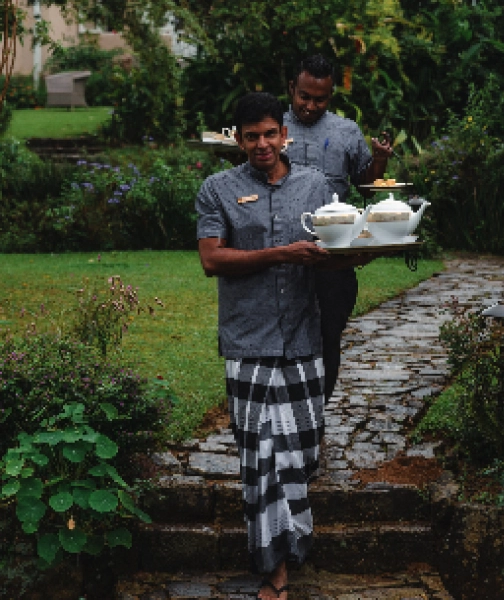Find your next adventure

05.03.2025
Forest School Kids’ Club
Cape Weligama offers a world of adventure for young explorers, ensuring family travel is both memorable and fun. Delight in nature scavenger hunts, building floating rafts, sketching nature and more.
select your Journal type:
No found data
Discover Your Luxe Escape
Traverse the wilderness, find stillness beside the ocean, and reconnect in nature with meaningful experiences that seek to share the best of Sri Lanka with curious, discerning travellers.
resplendent Ceylon in the press
Revel in the allure of Sri Lanka through Resplendent Ceylon’s tea, sea and safari themes.
harpers bazaar singapore


















